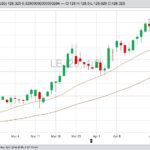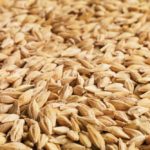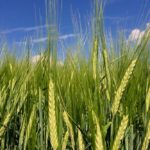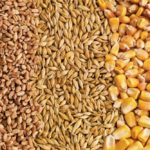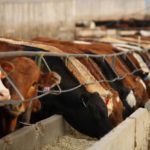Compared to last week, western Canadian feeder cattle markets traded $3-$5 on either side of unchanged. Many auction barns were closed last week and the ones holding sales had smaller numbers. Quality packages of yearlings were on the higher end of the range while smaller groups of fleshier replacements were discounted. Alberta feedlots were focusing



